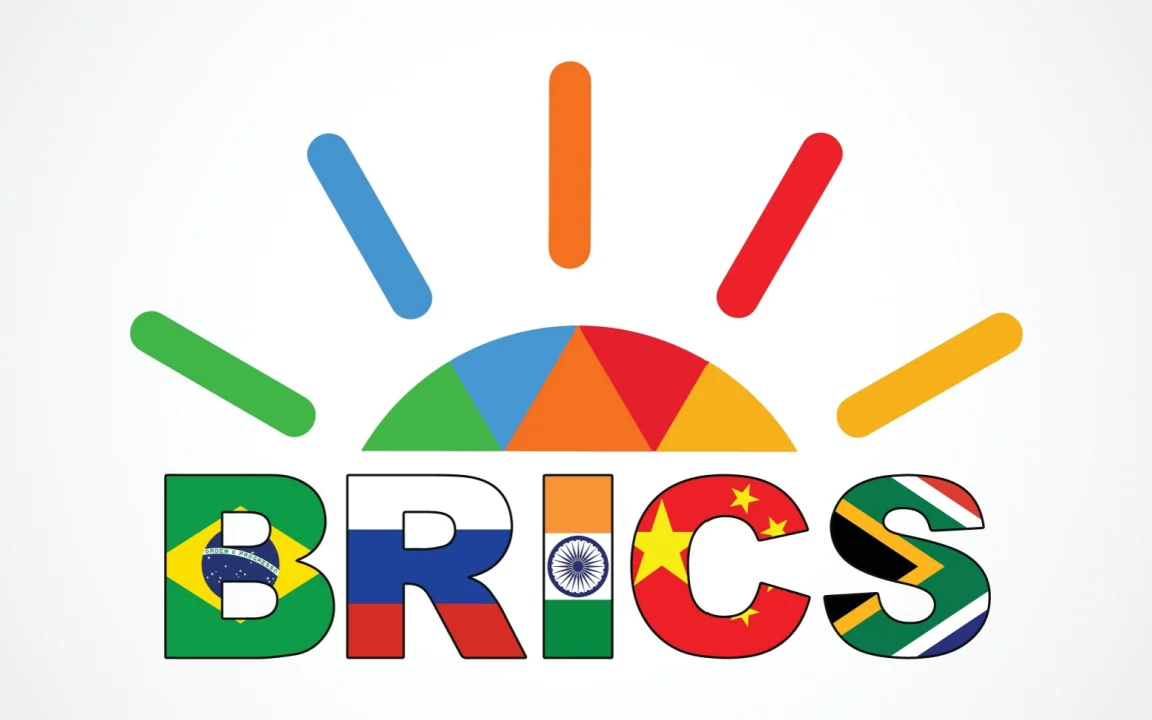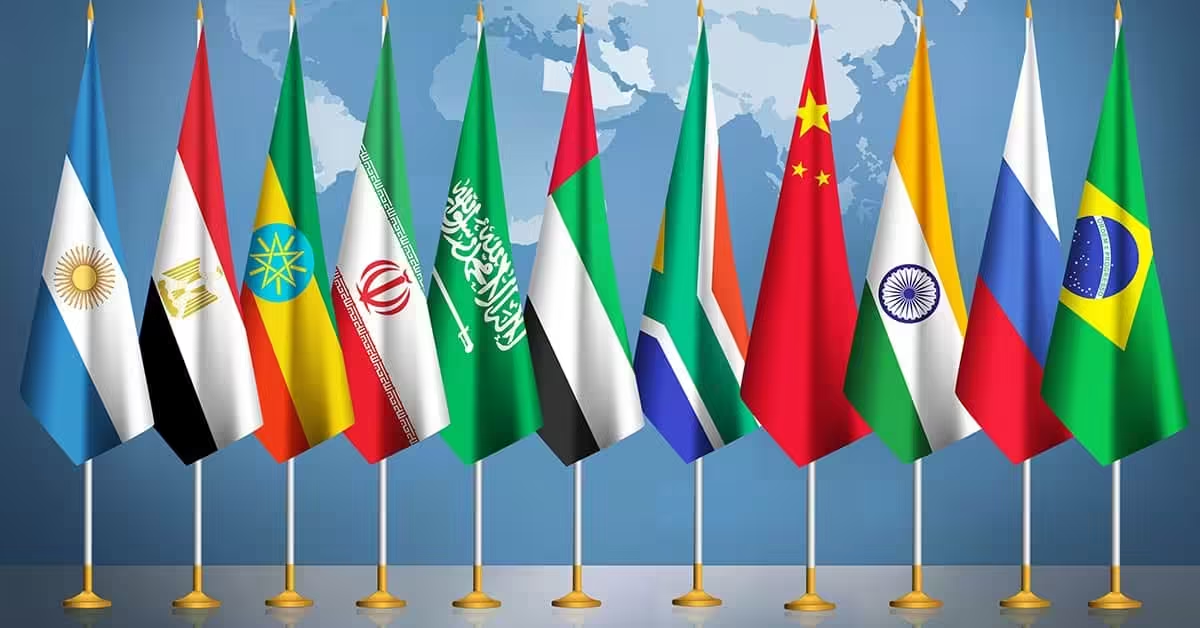|
Getting your Trinity Audio player ready...
|
Saudi Arabia is accelerating its push to shift from the Petrodollar to the Petroyuan, marking a significant step in the ongoing de-dollarization strategy. While not yet a member of the BRICS alliance, Saudi Arabia has been invited to the 2024 BRICS summit, signaling a potential shift in its geopolitical and economic stance.
In a bold move to fortify its relationship with China, Saudi Arabia is integrating Chinese technology and infrastructure into its economy. The Middle Eastern nation has incorporated Chinese products such as the C919 passenger jet, electric vehicles, and renewable energy systems, aiming to deepen its economic ties with Beijing.
Saudi Minister of Industry and Mineral Resources Bandar Al-Khorayef recently revealed that the country is contemplating the use of the yuan for crude oil settlements. According to Al-Khorayef, this decision will be driven by the nation’s best interests, emphasizing a focus on business rather than political considerations. The potential shift could further internationalize the yuan and challenge the dominance of the US dollar in global trade.
Beijing’s push to extend the yuan’s influence is evident in its recent three-year currency swap deal with Saudi Arabia, valued at 50 billion yuan (US$7.1 billion). This agreement mandates that trade between the two nations be conducted in their local currencies, underscoring China’s strategic move to bolster the yuan’s role in international commerce.
Saudi Arabia, a key global player in crude oil exports, holds significant sway over the global economy. The transition away from the Petrodollar could have substantial repercussions for the US economy. Al-Khorayef has noted that any policy changes will be carefully monitored to balance the exchange rate between the yuan and the US dollar, although no specific timeline has been provided.
The BRICS alliance is actively working to reduce dependence on the US dollar by developing its own currency framework. This initiative has garnered interest from over 50 countries across Asia, Africa, South America, and Eastern Europe, reflecting a broadening desire to diversify economic reliance.
Also Read: Saudi Arabia’s Shift To Petroyuan – $2 Trillion Oil Market Faces Major De-Dollarization Move
Analysts suggest that the successful adoption of the Petroyuan could open new avenues for cryptocurrencies like Bitcoin and XRP, potentially positioning them as alternative assets in the evolving financial landscape. However, the US is poised to resist this shift, with presidential candidate Donald Trump proposing drastic measures such as a 100% tariff on countries joining the BRICS alliance and a 60% increase on Chinese imports if elected.
As Saudi Arabia navigates its strategic choices, the global economic landscape remains in flux, with potential shifts in currency dynamics and geopolitical alliances shaping the future of international trade.
Disclaimer: The information in this article is for general purposes only and does not constitute financial advice. The author’s views are personal and may not reflect the views of Chain Affairs. Before making any investment decisions, you should always conduct your own research. Chain Affairs is not responsible for any financial losses.
I’m your translator between the financial Old World and the new frontier of crypto. After a career demystifying economics and markets, I enjoy elucidating crypto – from investment risks to earth-shaking potential. Let’s explore!



